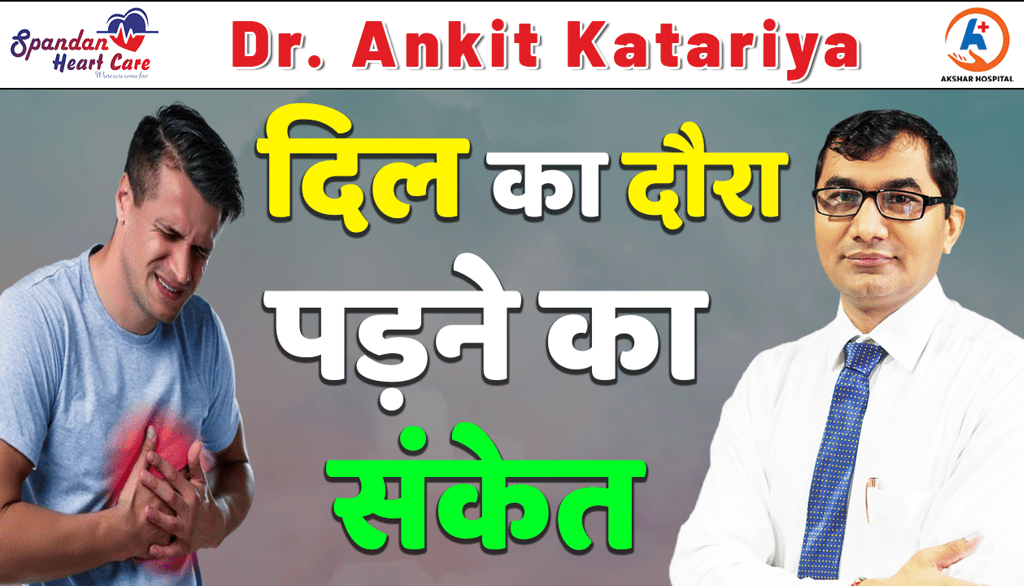Heart Attack Signs and Symptoms from Dr. Ankit Katariya, Clinical Cardiologist
Most heart attacks happen when a blood vessel that supplies the heart becomes blocked.
12/10/20241 min read


A heart attack can cause a number of symptoms, including:
Chest pain: A feeling of pressure, squeezing, fullness, or pain in the center or left side of the chest. This is the most common symptom.
Pain in other parts of the body: Pain or discomfort in the jaw, neck, back, shoulders, or one or both arms. The pain may feel like it's spreading from the chest to the arms.
Shortness of breath: This can happen while resting or doing a little physical activity. It's more common in older adults.
Sweating: Sweating a lot for no reason.
Feeling tired: Feeling unusually tired for no reason, sometimes for days. This is more common in women.
Nausea and vomiting: Feeling sick to the stomach.
Light-headedness or dizziness: Feeling light-headed or suddenly dizzy.
Rapid or irregular heartbeat: Heart palpitations.
Most heart attacks happen when a blood vessel that supplies the heart becomes blocked. This is often caused by plaque, a sticky substance that builds up on the inside of arteries. This buildup is called atherosclerosis.
If you're experiencing symptoms of a heart attack, you should see a doctor right away. Emergency medical services personnel are trained to identify heart attacks and get patients to a hospital quickly.
Note: This is for informational purposes only. For medical advice or diagnosis, consult your doctor.
